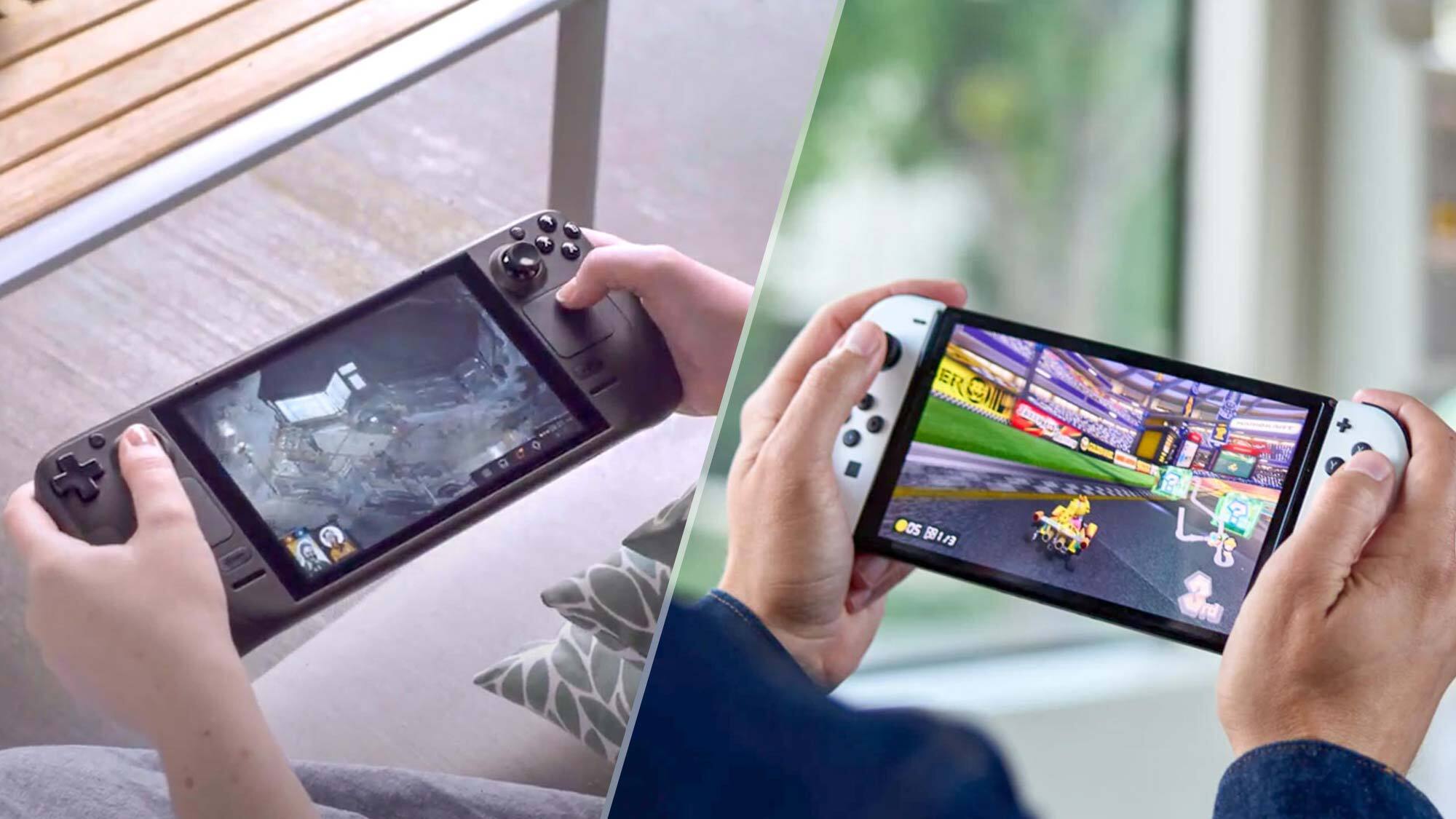
Spoiler: I’m getting on in years. I wrote my first video game review all the way back in 2006… which I’m pretty sure is the same year humankind first learned to whittle the wheel. But screw looking at the past. It’s time to look towards the future!
What the next decade holds for gaming has been playing on my mind a lot of late, which has led to me cooking up some ghost pepper hot takes.
Actually, maybe habanero is more accurate. And in case you don’t speak fluid Scoville, the following predictions are hot; just not “small intestine-destroying” levels of spice.
From the end of the Xbox brand in the traditional home console space to next-gen ditching discs for good, here are five gaming trends I’d be willing to put money on the next time I get to Vegas.
The next Xbox will be the last Xbox
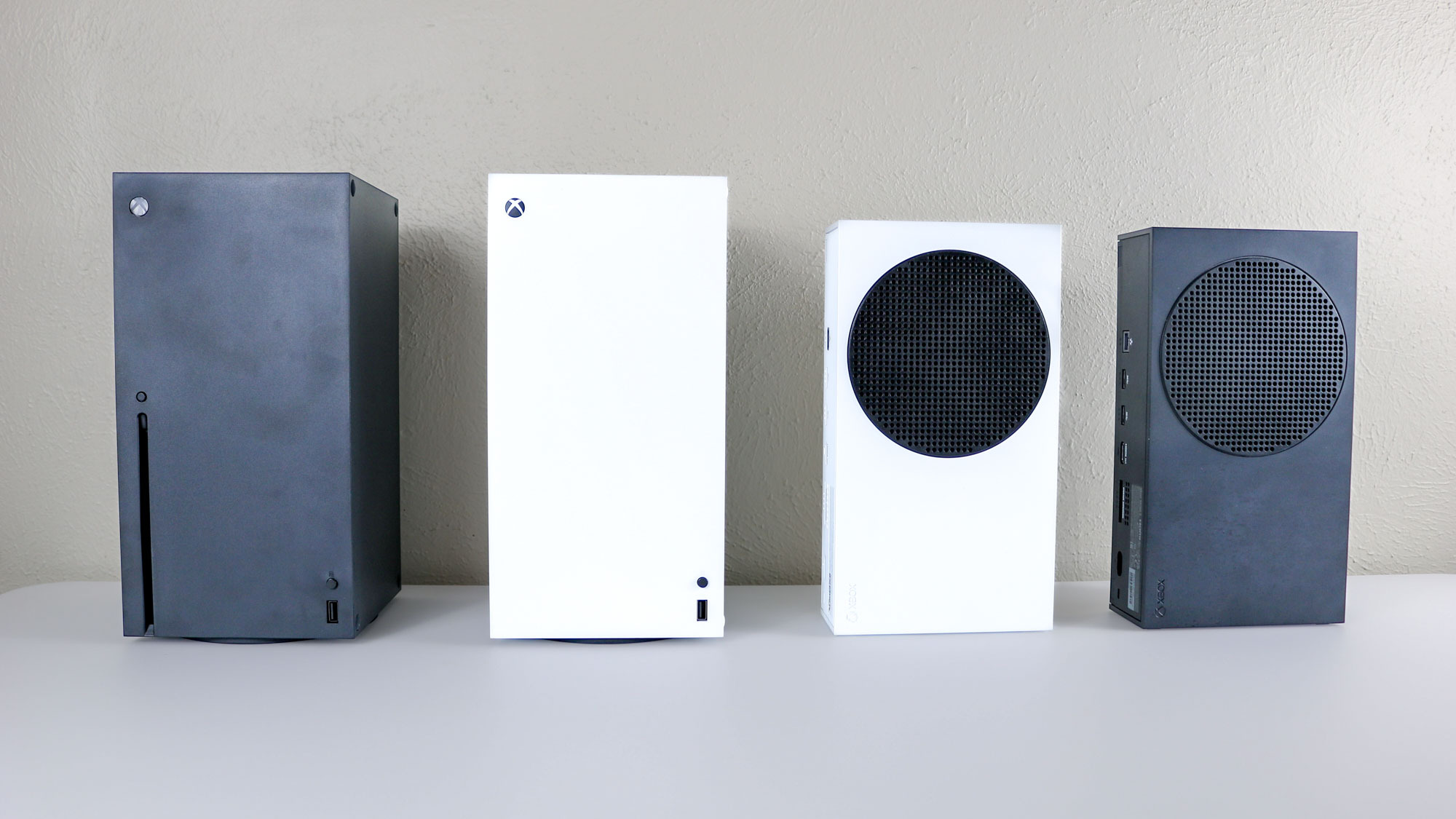
There’s no getting away from it: Microsoft is having a bad console generation. Figures consistently point to Sony’s PS5 outselling the Xbox Series X by 3/1, yet the company rarely reveals Game Pass subscriber numbers and the most powerful Xbox ever is likely years away from release. With all that in mind, I think Microsoft’s next Xbox may well be the Redmond giant’s last.
Well, at least in the traditional console space. Xbox president Sarah Bond promised the company’s next-gen Xbox would deliver the “largest technical leap you will have ever seen in a hardware generation” on the official Xbox podcast. That’s a hell of a goal, if true.
The trouble is, even if that almighty claim is backed up by a beast of a console that’s considerably more powerful than the rumored PS6, Sony has entrenched a massive amount of gamers in the PlayStation ecosystem over the last two generations. Those folks are unlikely to walk away from their libraries r8Kegardless of how many CUDA cores the next Xbox has.
If Microsoft loses — and hoo-boy do I hate this term — three “console wars” on the spin, that’s surely the point where Phil Spencer and his team would consider becoming a full-time games publisher, minus the hardware. That would make sense, considering they already pretty much own all the studios following the milestone Activision-Blizzard acquisition.
Who knows, though. Perhaps the tech colossus will pull a Nintendo and find success with a handheld Xbox; something Spencer has already admitted Microsoft is interested in.
Handheld PCs will usurp gaming laptops
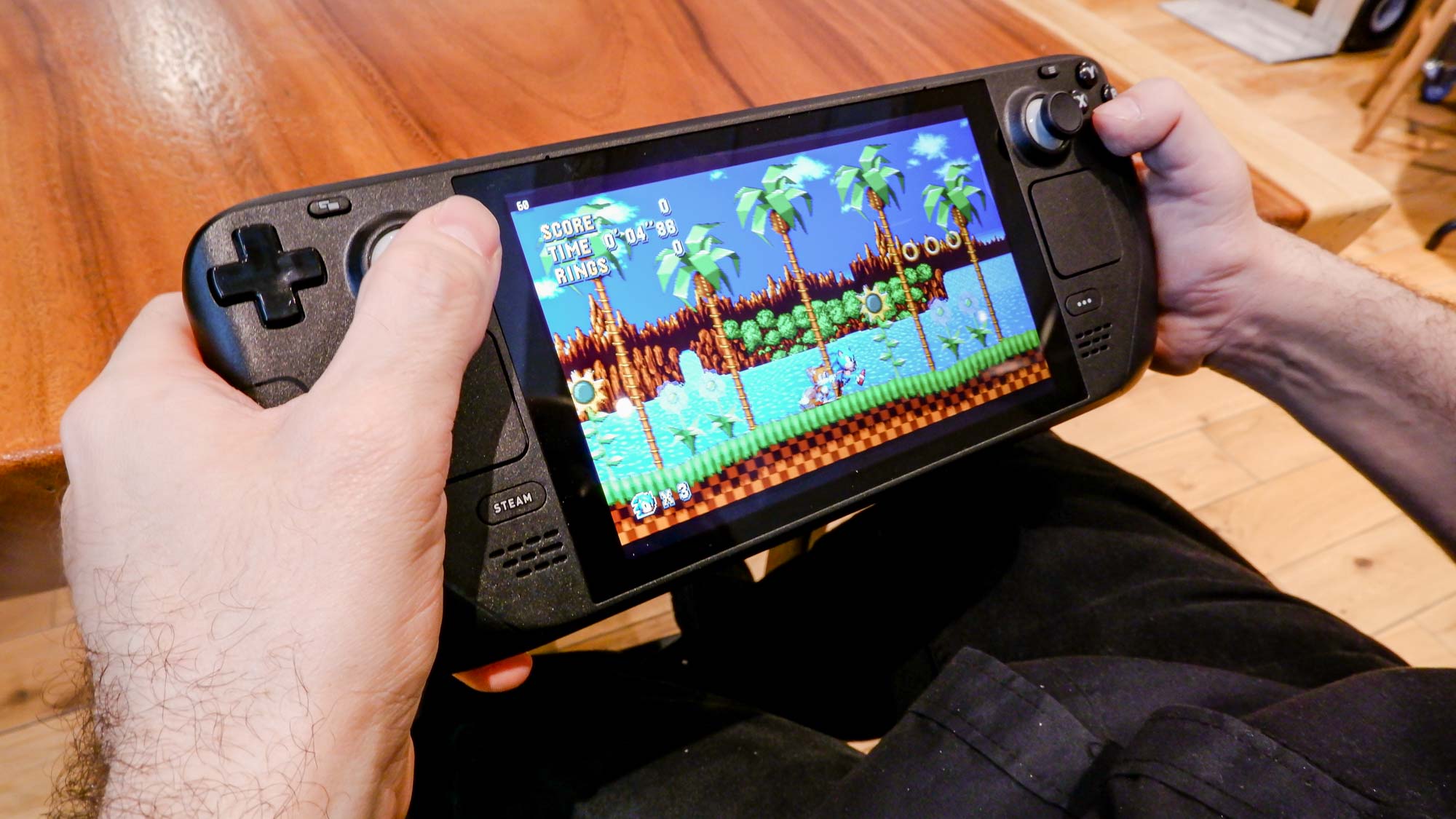
Don’t get me wrong, the best gaming laptops are great. Hot damn are they expensive, though. The Asus ROG Zephyrus (2024) is easily the best one I’ve ever tested, yet the most expensive Nvidia RTX 4070 configuration cost around $2,300 when it first launched earlier in the year. That’s a colossal amount of cheddar cheese.
Meanwhile, thanks to the undeniable success of Valve’s Steam Deck and the quality of its closest competitor the Asus ROG Ally X, handheld PCs are not only in a great place at the moment, they’re also far, far kinder on your bank balance.
What Valve has done with the Steam Deck and the incredible Steam Deck OLED is pretty remarkable. They’ve managed to deliver what seemed destined to be another niche, Steam Machine level sales crash into a magnificent little machine that’s probably reached a level of success the Half-Life developer never expected.
The better future Decks and Windows palm-friendly PCs get, the more I see players going for a handheld PC or a gaming laptop.
Next-gen will be disc-less
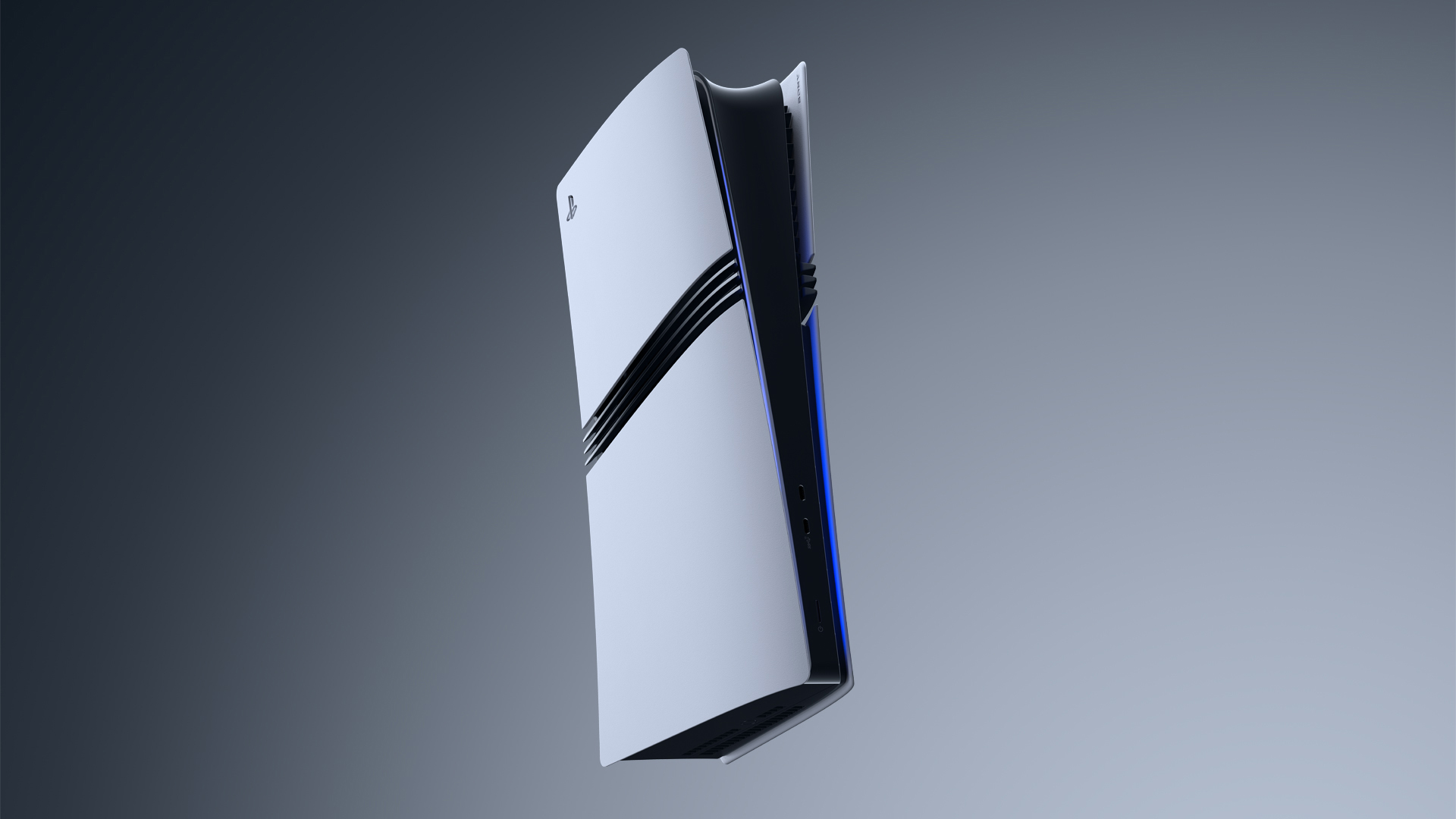
I’ve owned a PS5 since the day the console launched on November 12, 2020. That’s almost four years ago at time of writing. Know how many physical PS5 games I currently own? Four. Astro Bot, Marvel’s Spider-Man 2, God of War Ragnarök and Jedi: Last Survivor (which I’ve played for all of 40 minutes). Sorry, Cal. By contrast, my digital library is absolutely heaving.
Sony essentially deems the disc drive as an optional accessory already. I mean, that’s literally what it is with the upcoming PS5 Pro. The prosumer PlayStation doesn’t come with an optical drive, despite the fact it costs $699. If you want to play games on Sony’s latest console, you have to fork over an additional $80. That doesn’t seem like a ringing endorsement for the future of digital media from arguably the biggest player in gaming. And you can pretty much guarantee the PS6 won't have an optical drive.
I can’t imagine Microsoft is all that invested in discs, either. Under the disastrous Don Mattrick regime, the company tried to limit the resale of pre-owned games with an online authentication system before the Xbox One even launched. Considering Microsoft has put all its chips on Xbox Game Pass, the firm has essentially become the Netflix of gaming. Hell, it’s not uncommon for a game disc these days to have almost no information on it. Instead gamers are often required to download massive installation files once their console is online.
So yeah, I reckon the next console generation will be discless… with the caveat I don’t really consider Nintendo to “do” generations. The iconic company sets its own tempo, which is why the yet to be revealed Nintendo Switch 2 will almost certainly continue to support game cartridges. And those aren’t discs, so I’m doubling down on my discless take.
Nintendo has made its last non-handheld console
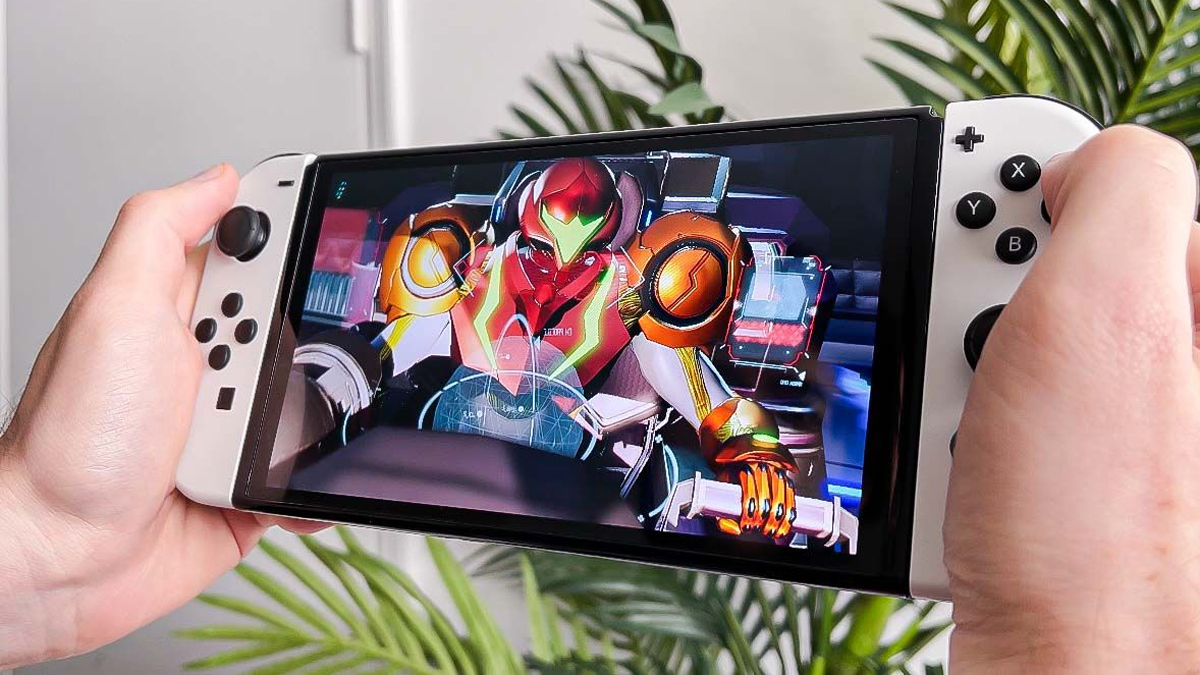
I’ll keep this one short(ish) and sweet: I think the Nintendo Wii is the last fully fledged home console Nintendo will make.
The Wii U and its tablet — that looked like it was designed by a preschooler — may have flopped hard, but look at the runaway success The Big N has enjoyed with the Nintendo Switch. Lifetime sales for the handheld hybrid surpassed 140m units this year. Provided the Nintendo Switch 2 is backwards compatible (ensuring gamers can bring along their existing libraries to the new machine), there’s no way Nintendo is leaving that ecosystem behind anytime soon.
Nintendo are the masters of handheld gaming. The Kyoto-based company has shown zero desire to compete in a power war with Microsoft and Sony since 2002’s Nintendo GameCube. Every survey I’ve read says the vast majority of Switch players almost exclusively play the little console in Handheld Mode. Those three factors lead me to believe we’ll eventually see a dock-free Switch 2 Lite. When and if we do, I think that could spell the end for future Nintendo consoles playing ball with your TV.
AI will make 8K console gaming a reality
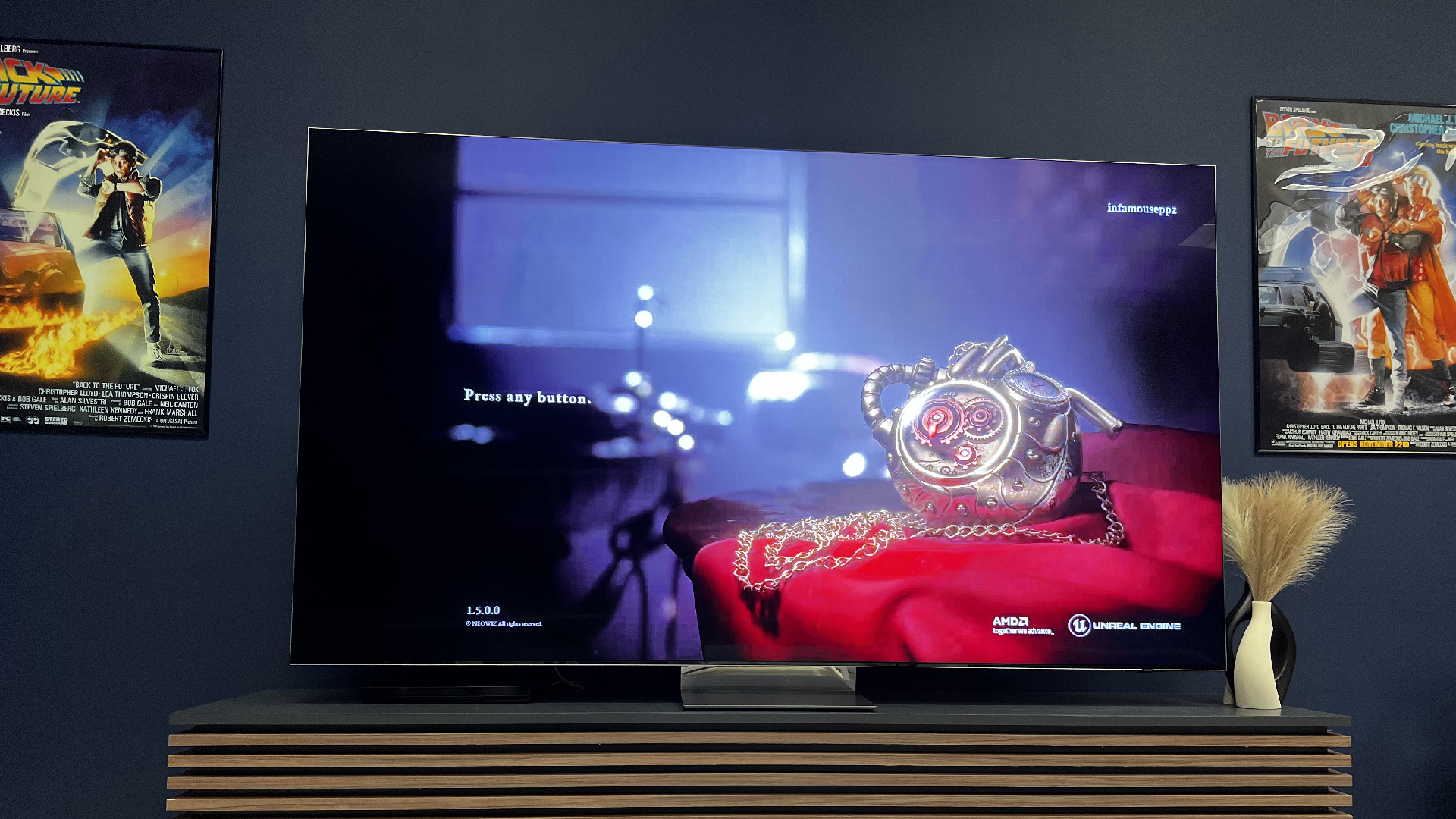
I love pixels… despite seeing way too many dead ones. But the concept of 8K gaming remains largely laughable to me. Even the fastest GPU in the world can’t handle a pixel count of 7,680 x 4,320 while trying to deliver even close to 60 fps gaming in a super-demanding ray-traced title like Cyberpunk 2077: Phantom Liberty.
The thing is, native resolution isn’t all that it’s cracked up to be. I used to be all about playing at native screen res on my gaming PC, but now I almost never go native if a title supports Nvidia DLSS. The increasingly AI-driven form of supersampling is the current class leader, though Intel has done impressive work in a short amount of time with XeSS. And it’s thanks to the breakthroughs that Team Green has made that makes me think 8K console gaming will become a viable reality on consoles within the next few years.
Both DLSS and XeSS offer image quality that is often on par (if not better) than native 4K in the best PC games. And the main selling point? They both deliver this quality while massively boosting frame rates compared to playing at native resolution. Supersampling has become such a big deal in PC gaming, Sony has finally taken an interest in the tech.
One of the biggest selling points the company is trying to get gamers to buy into with the PS5 Pro is its support for the newly created PlayStation Spectral Super Resolution (or “PSSR” to the kidz). Hey, no giggling in the back.
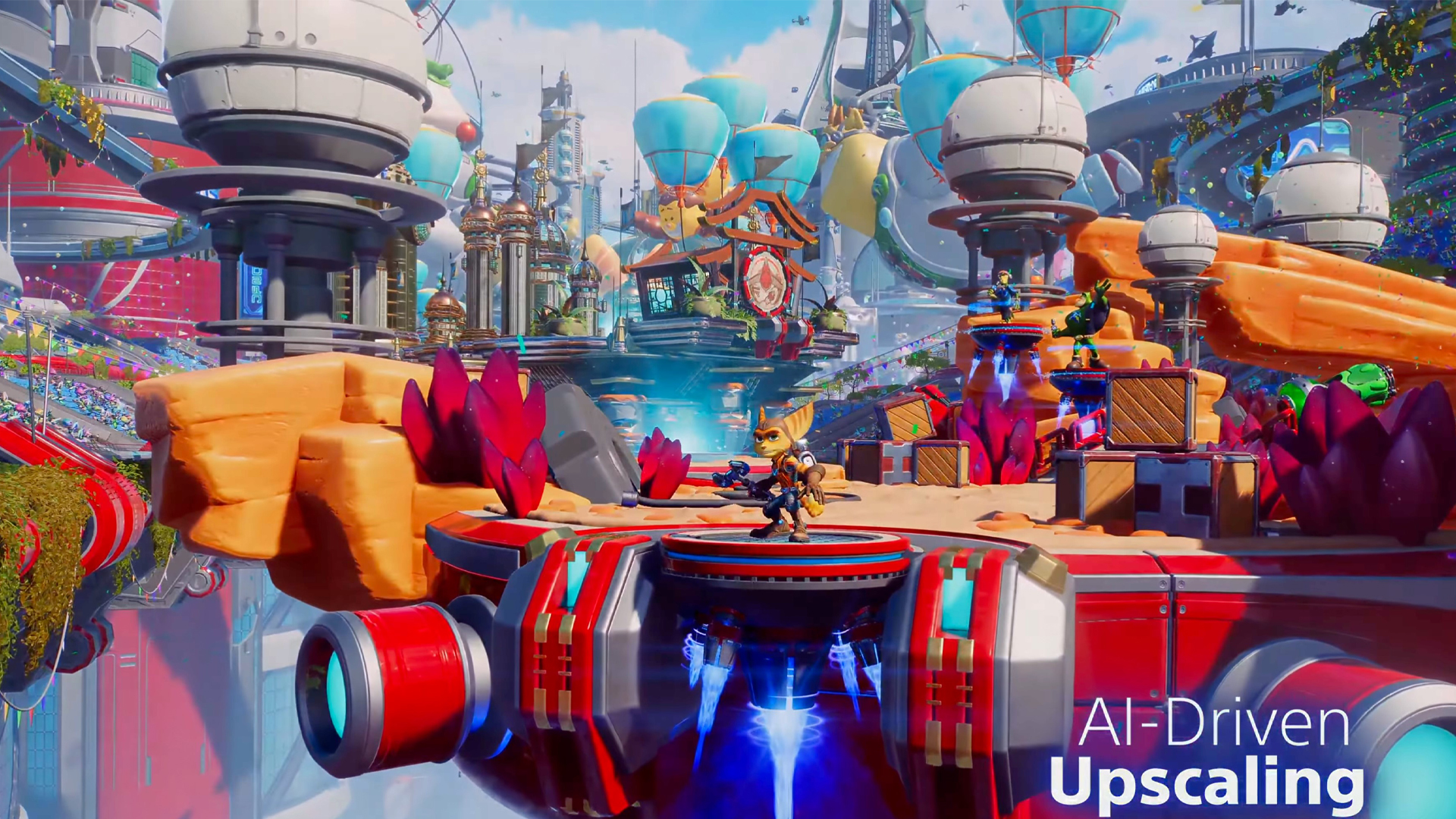
Recent footage suggests PSSR already does a much better job of slaying in-game “jaggies” than AMD’s less than stellar FSR 3.1. That it looks like Sony has vaulted over the Red Team’s efforts right out of the gate is seriously impressive, at least in Ratchet and Clank: Rift Apart (check out this excellent Digital Foundry analysis).
The main draw of PSSR is its apparent ability to squeeze out “Quality Mode” level visual clarity at “Performance Mode” level frame rates. That's a fairly big deal. One that could make 8K/30 fps gaming on PS5 Pro a reality. Codemasters has confirmed F1 2024 is one of the 54 games getting a PS5 Pro Enhanced boost, with the racing studio revealing its Formula 1 sim will feature an “8K 60 fps mode using PSSR” (thanks, GameRant).
I don’t expect PS5 Pro owners who are lucky enough to own one of the best 8K TVs are going to be tanning the 8K tarmac at 60 frames per second. Yet maybe PSSR can summon up enough AI magic to get F1 2024 close to a playable 30 fps.







